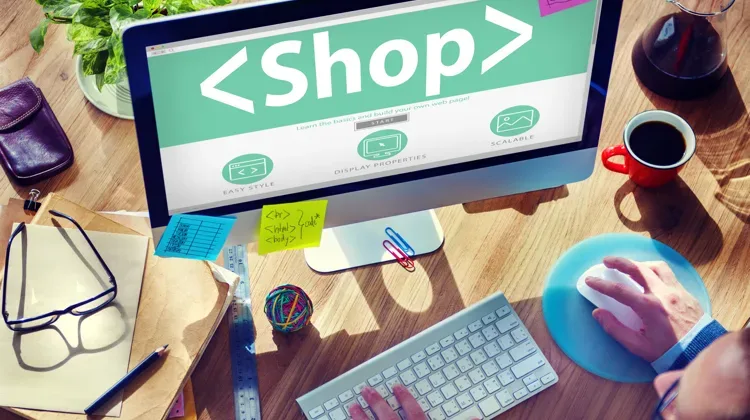
Selling online used to be about driving visitors to a sales page and throwing as much persuasive copy at them as possible, then hoping they’d click the “buy now” button.
Just a few years ago, selling without a sales page would be unthinkable. After all, if you don’t have a page to drive people to the place that has all the details, how do you sell them?
Today, though, there are many different paths to a sale—and many that don’t even require a sales page.
We now understand that it’s rare that there’s a “one-size-fits-all” client journey and we know that driving people straight to a sales page may not be the right choice.
Use all the copy on a traditional sales page—which is all important, compelling copy—in other places to encourage a purchase.
Selling via an Email Funnel
One way to encourage a purchase is via an email funnel.
If your client decides to create an email funnel, you could write a series of emails that lead to the sales information in the final email. In that final email, you’d include all the compelling sales copy necessary, and there’d be no need for a sales page—your client can direct a click right to a checkout page.
Selling via a Webinar
Similarly, you could write a webinar for your client that educates the viewer and establishes your client’s authority and wrap up the webinar with that compelling copy that leads to a sale.
Being a bit more creative with how you entice your client’s customers to sell can work out well for both you and your client. For example, if your client wants to start making sales right away but doesn’t have the money for a graphic designer, create an email funnel that gets the job done and has no need for a designer.
A webinar, too, doesn’t have to be flashy to work. You can write the copy for the webinar (the script and what should be included in the slides) and your client can build the webinar in Canva, PowerPoint, or Keynote herself.
Why Your Client Needs a Sales Page…Sooner Than Later
It is generally a good idea to build a sales page at some point. Having a sales page just offers one more way to generate sales and might sway potential purchasers who are more comfortable clicking “buy now” from a webpage than an email.
But a sales page doesn’t have to come first. Work with your client to understand their business strategy and growth plan, and then help them create the most compelling method of driving sales.
And don’t forget to know your numbers! Clients may ask about the results of your project. Here we look at copywriting numbers, or copywriting metrics, and why they are important to you.
Read more about how to get clients to hire you for a sales page project >>
Your Turn!
Have you written “alternatives” to sales pages? What kinds of pieces have you put together? Let us know in the comments below!
Last Updated on October 18, 2023
Spot on Nicki. There are lots of ways to nurture high-ticket prospects but ultimately a sales page will be one of (if not the) last place they visit before exchanging money for value. The sales page may change shape and size via different routes though!